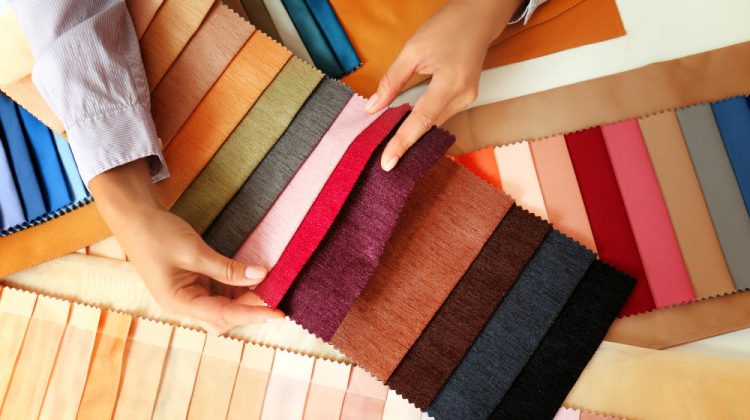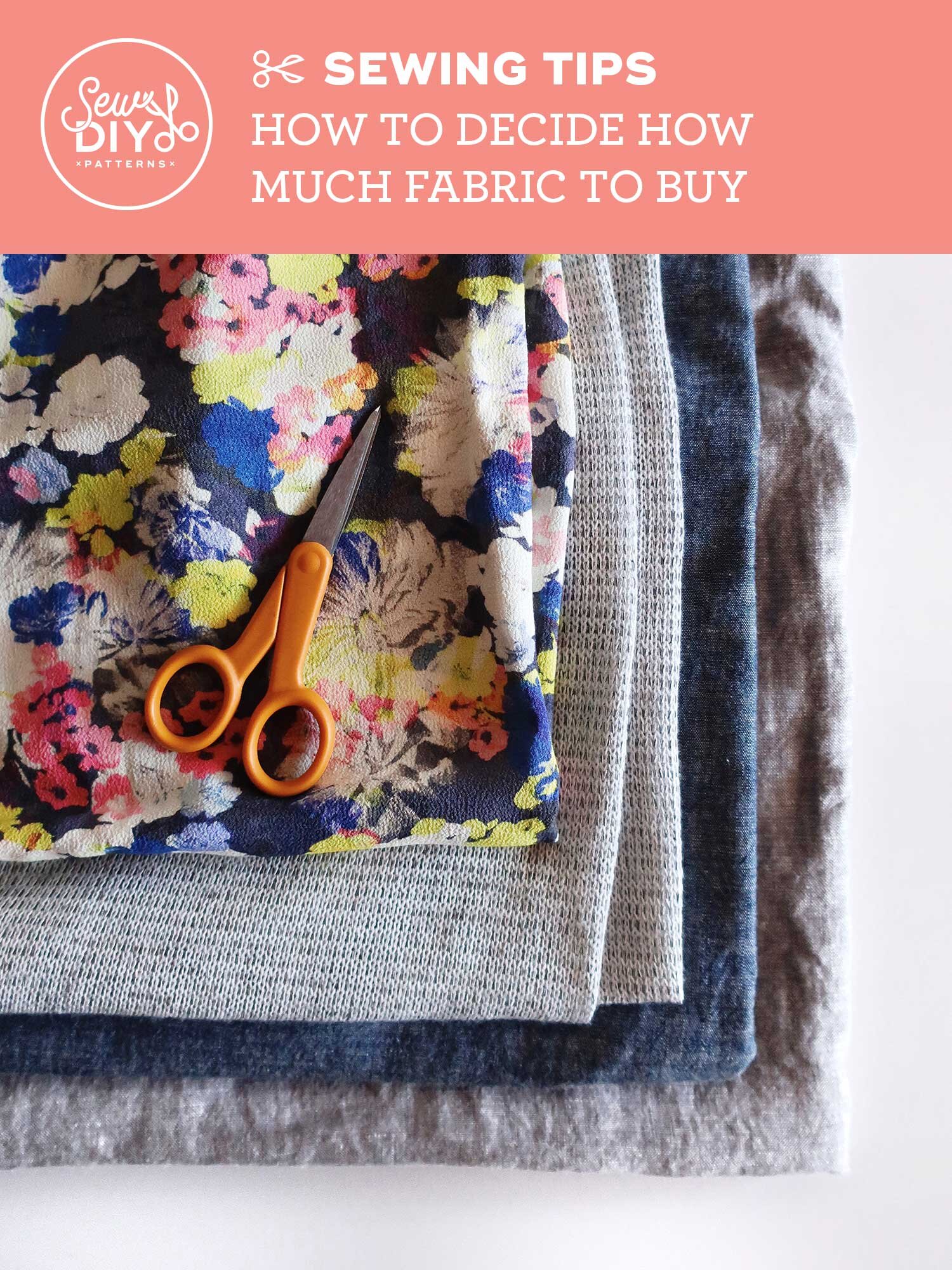How All 4 Way Stretch Fabrics can Save You Time, Stress, and Money.
The Buzz on All 4 Way Stretch Fabrics
Table of ContentsAll 4 Way Stretch Fabrics Fundamentals ExplainedThe Only Guide for All 4 Way Stretch FabricsThe Basic Principles Of All 4 Way Stretch Fabrics Fascination About All 4 Way Stretch FabricsThe 8-Minute Rule for All 4 Way Stretch FabricsThe Basic Principles Of All 4 Way Stretch Fabrics Not known Facts About All 4 Way Stretch Fabrics
As I additionally desire UV protection from my garments when I go out, I would certainly choose a largely woven cotton material. One more factor to consider when acquiring the material is the means it will after washing.A risk-free bet would certainly be to acquire at the very least 10% extra textile. If you can get preshrunk textile, this is the finest.

If you are matching the color, like selecting the cellular lining for the primary material or choosing material to add as trim, this is specifically essential. The fabric display rooms will generally have a light well where you can see the material in sunlight (or a window with good light from outdoors).
Indicators on All 4 Way Stretch Fabrics You Need To Know

The majority of fabrics are regarding 44 wide. When you go to purchase material, quote just how much you want first and then most likely to the shop. Look into this blog post to know the solution to this regularly heard concern "Just how much textile do I need". With a fat quarter, you will obtain an 18 large by 22 long.
Some terrific bargains can be had this method. In dressmaking, we purchase textile by the yard/meter.
Getting The All 4 Way Stretch Fabrics To Work
In a quarter of a backyard, you obtain a 9 by 44 strip of material, which is about 22 cm in length. It is always much better to buy wider towel. According to the size of fabrics, they might be called single-width and double-width. Solitary size is typically approximately 49 inches in size and dual size approximately 60.
Choose materials that are not too hard or rigid, or you would not be comfy in them. Linen, Denim, flannel, For cooler environments, select woollen (100% as well as woollen blends) wool tweeds, wool crepe; it generally depends on what pants you are speaking concerning Tailored trousers, Unstructured Pant, Combined, Denim.
All cotton textiles are great for children. Knit textiles are also wonderful for kids you can go for woollen knits.
The Definitive Guide for All 4 Way Stretch Fabrics
Have a look at this post on the most effective material for clothing for babies and kids for more detail on this topic. Lightweight cotton is my preferred to sew skirts. Cotton grass cloth in beautiful prints is excellent. Silk jersey is a fantastic textile for stitching skirts, as is Ponte Roma weaved fabric.
Drapey rayons, soft wool, lycra blends, and stretch velours are all ideal for sewing skirts. Wool (Wool crepe has a fantastic drape and offers sufficient structure for jackets; wool tweeds are excellent also), Linen & Flannel. Velour (Take A Look At the slouchy velvet sports jacket tutorial, by the means). Lightweight knits are excellent for free-flowing coats similar to this waterfall coat pattern Raw silk, satin, taffeta, velvet, Shoelace, silk chiffon, and Fabric are all terrific for making dresses.
You can acquire medium-weight materials with some spandex/elastane included for a fitting bodycon-type outfit. For drapey dresses, you can choose light-weight textiles. Jersey has a drapey fit like this. Crepe, challis, and charmeuse are all drapey textiles fit for this style. Take a look at these posts: Ideal fabric for making casual gowns and tops; Names of different outfits. Rayon, Acetate, and cotton lining materials are famously made use of.
Lightweight cotton fabric, Cambric, Chintz, Twill, Faille, Seersucker, Poplin, lightweight woven broadcloth, batiste, linen, eyelet are great for making shirts and blouses. Silky satin fabric is good for making ventilated tops. When getting patterned textile (many of the patterned fabric comes with a width of 45 or 54 inches), there will be pattern repeat in these textiles, and this must be taken into factor to consider when reducing textile as well as purchasing them i.e., if you want to match the patterns at the seams.
The 7-Minute Rule for All 4 Way Stretch Fabrics
The motifs will certainly be dispersed in a scheduled style on the textile. You may discover often If the print is not placed on the material correctly, it can not be matched or lined up when constructed without distorting the textile and the hang of the garment.

The textile weight is reliant on many elements like the weave, fiber kind, and so on and is normally denoted by GSM. GSM can vary from 60 -700; 700 being the GSM of extremely top quality woolen material.
One point you have to keep in mind is that higher material weight does not represent higher material top quality. It simply is an indication of the suitability of the textile for a particular project. You can pass by high textile weight fabric jeans for a lightweight floating serape. Understanding the textile weight serves when contrasting the same kind of fabrics, however even this will depend upon its application.
In a nutshell, the most vital standards to look for in the fabric you buy are as follows (http://tupalo.com/en/users/7455277). The number of strings per inch of fabric (yarns-per-inch).
7 Simple Techniques For All 4 Way Stretch Fabrics
In premium textile, this equilibrium (either in numbers or in dimension) will certainly Get the facts constantly be kept. Procedures made use of on textile to boost look and efficiency.
A two-ply thread is premium to a single-ply thread.
If you are preparing yourself to begin a brand-new stitching job, selecting a material will certainly be one of the most essential step when you choose what you desire to make. After you've gone to all the trouble and expenditure of acquiring the stitching device you like, a pattern you love, and a fabric you enjoy, you desire the finished item to be a success? One method to achieve that is to start by making certain your textile is genuinely right for the job.
Some Known Factual Statements About All 4 Way Stretch Fabrics
For instance, if you're making a patchwork, you'll automatically want to make use of quilter's weight cotton for ideal results. What if you want to make an item of garments? Exactly how do you recognize which material will offer you the most effective outcome? Choosing a fabric merely due to the fact that you love the print or style on it isn't always the very best method.
In order to avoid doing an entire project for essentially nothing, we have actually compiled some pointers to aid you choose which fabric is right for your project. Allow's say you currently have a task in mind; exactly how do you discover the ideal fabric for it?
Think of the qualities you want the finished item to have. If garments, will it be fitted or loosened? Dressy or everyday? For cozy climate or cold? Do you want a solid color or a print? If you are making a non-wearable product such as a cushion cover or potholder, utilize a strong textile such as canvas.
There is so much info out there concerning materials, their features, and their usages, it can obtain to be overwhelming! So do not try to take it in all simultaneously; just begin with the project at hand. Find out all you can concerning the fabric you make use of for this one task.